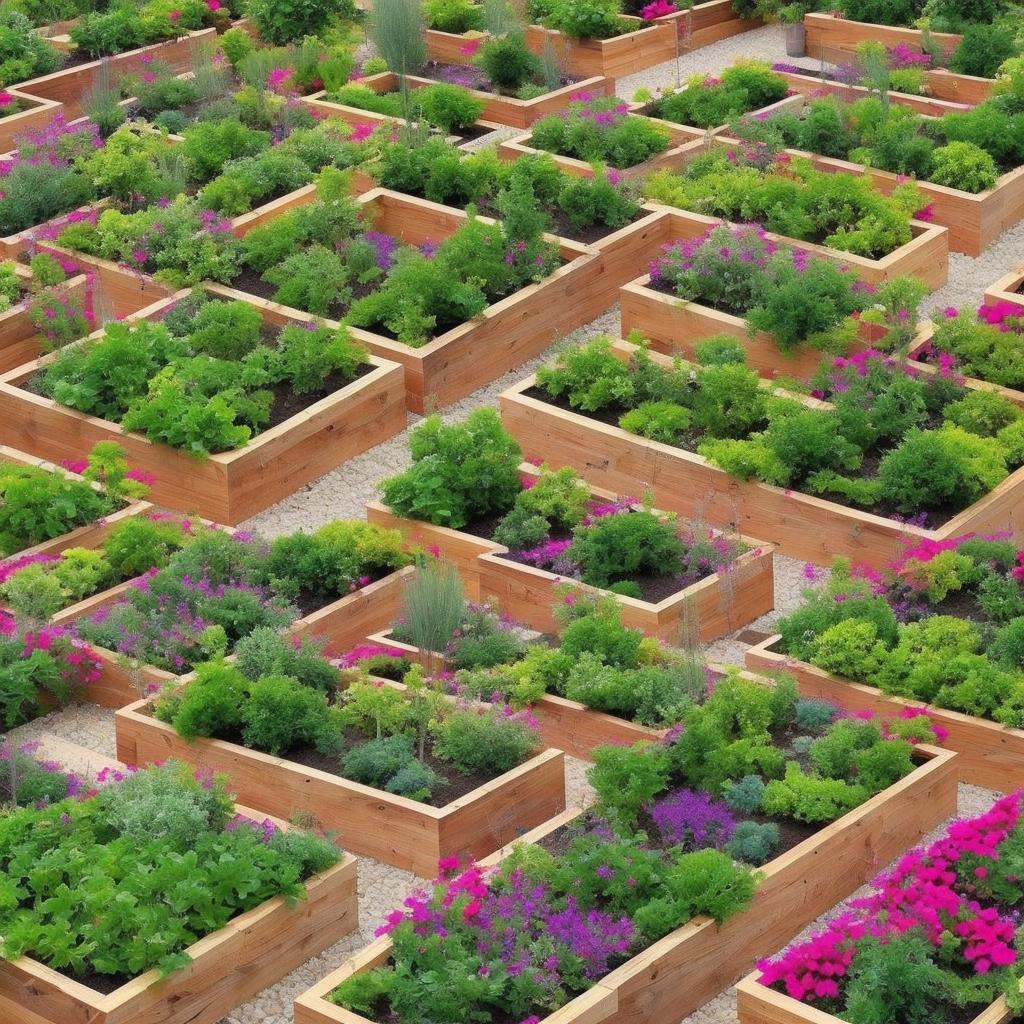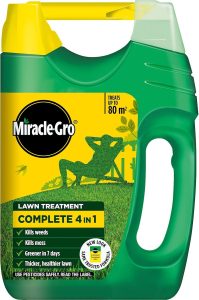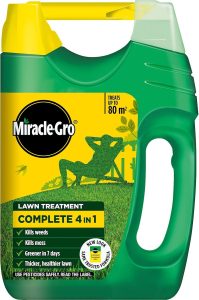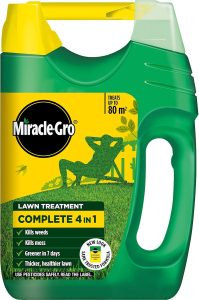Imagine stepping out into your backyard and harvesting fresh, vibrant vegetables from your very own raised garden beds. Not only do raised garden beds offer a practical and aesthetic addition to your outdoor space, but they also provide you with the opportunity to cultivate your own produce and connect with the earth in a meaningful way. In this article, we will guide you through the steps of how to build your own raised garden beds, allowing you to create a flourishing oasis right outside your door.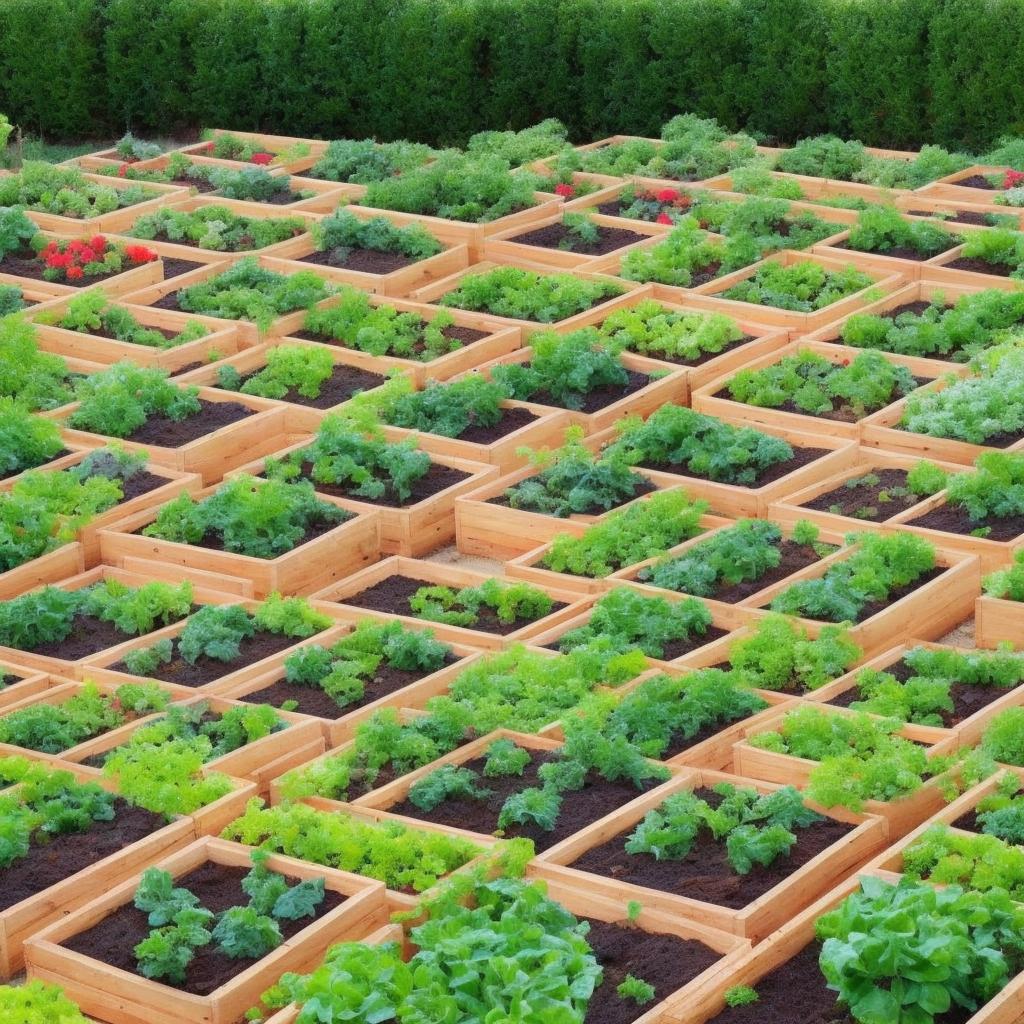
Choosing the Right Location for Your Raised Garden Beds
When it comes to , there are a few key factors to consider. First, think about the amount of sunlight the area receives. Most vegetables and flowers need at least 6-8 hours of sunlight per day, so choose a spot that gets plenty of sunshine. Next, consider the proximity to a water source. You’ll want to make sure your garden beds are located near a water supply for easy watering.
Additionally, think about the accessibility of the location. You’ll want to place your raised garden beds in an area that is easy to reach for planting, weeding, and harvesting. Avoid placing them too close to trees or shrubs, as their roots can compete with your plants for nutrients. Finally, consider the soil quality in the area. If the soil is poor or compacted, you may want to add a layer of quality garden soil or compost before placing your raised garden beds.
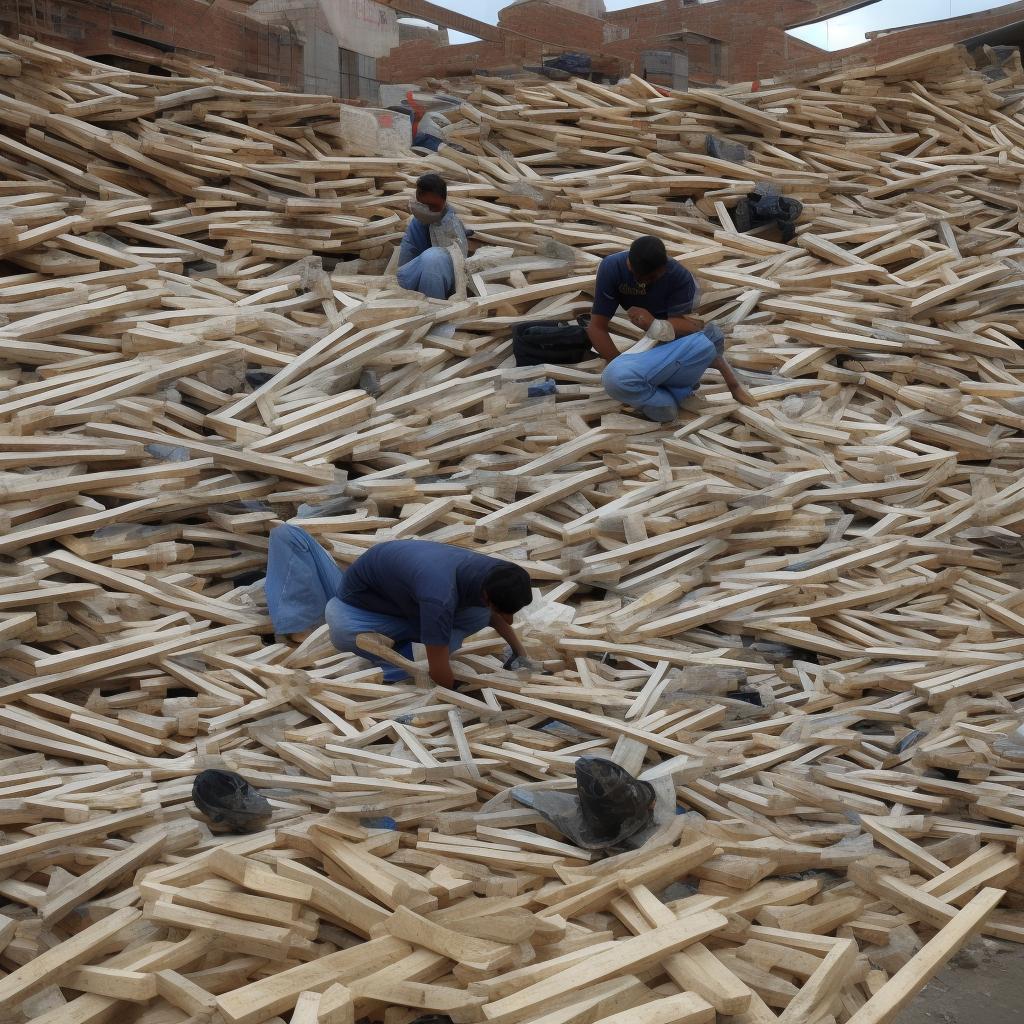
Selecting the Best Materials for Construction
When it comes to building your own raised garden beds, choosing the right materials is crucial for the longevity and effectiveness of your project. Here are some key factors to consider when :
- Durable Wood: Opt for materials such as cedar or redwood, which are naturally resistant to rot and decay, ensuring your raised garden beds will last for many years to come.
- Non-Toxic Treatments: If using treated wood, make sure it is safe for growing edible plants. Look for products that are certified as safe for organic gardening.
- Hardware: Choose stainless steel or galvanized screws and nails to prevent rust and corrosion, which can weaken the structure of your raised garden beds over time.
By carefully , you can create a sturdy and sustainable raised garden bed that will provide a beautiful and bountiful harvest for seasons to come. Remember to prioritize quality and longevity in your material choices to ensure the success of your gardening project.
Optimizing Soil Mix and Drainage for Healthy Plant Growth
Creating raised garden beds is a great way to optimize soil mix and drainage for healthy plant growth. By constructing your own raised beds, you have the freedom to customize the size and shape to best suit your garden space. Plus, building your own raised beds can be a fun and rewarding DIY project!
When building raised garden beds, be sure to choose a location that receives plenty of sunlight and has good drainage. Use a mixture of topsoil, compost, and peat moss to create a nutrient-rich soil mix that will support healthy plant growth. Consider adding a layer of gravel or small rocks at the bottom of the raised bed to improve drainage. Remember to water your raised beds regularly to keep your plants happy and thriving!
Maintenance Tips for Long-Term Success
When it comes to building raised garden beds, proper maintenance is key for long-term success. Follow these tips to ensure your garden beds thrive:
- Regular Watering: Make sure to water your plants consistently, especially during hot, dry periods.
- Weeding: Keep your garden beds free of weeds to prevent competition for nutrients and sunlight.
- Fertilizing: Add organic matter or compost to your soil to ensure your plants have the nutrients they need to grow.
Additionally, be sure to check for any signs of pests or diseases regularly. By staying on top of maintenance tasks, you can enjoy a bountiful harvest from your raised garden beds for years to come.
To Wrap It Up
Whether you’re a seasoned gardener or just starting out, building your own raised garden beds can be a rewarding and fulfilling project. By following the steps outlined in this article, you can create a beautiful and functional garden space that will provide you with fresh produce and a sense of accomplishment. So roll up your sleeves, gather your materials, and get ready to see your garden dreams come to life. Happy gardening!

